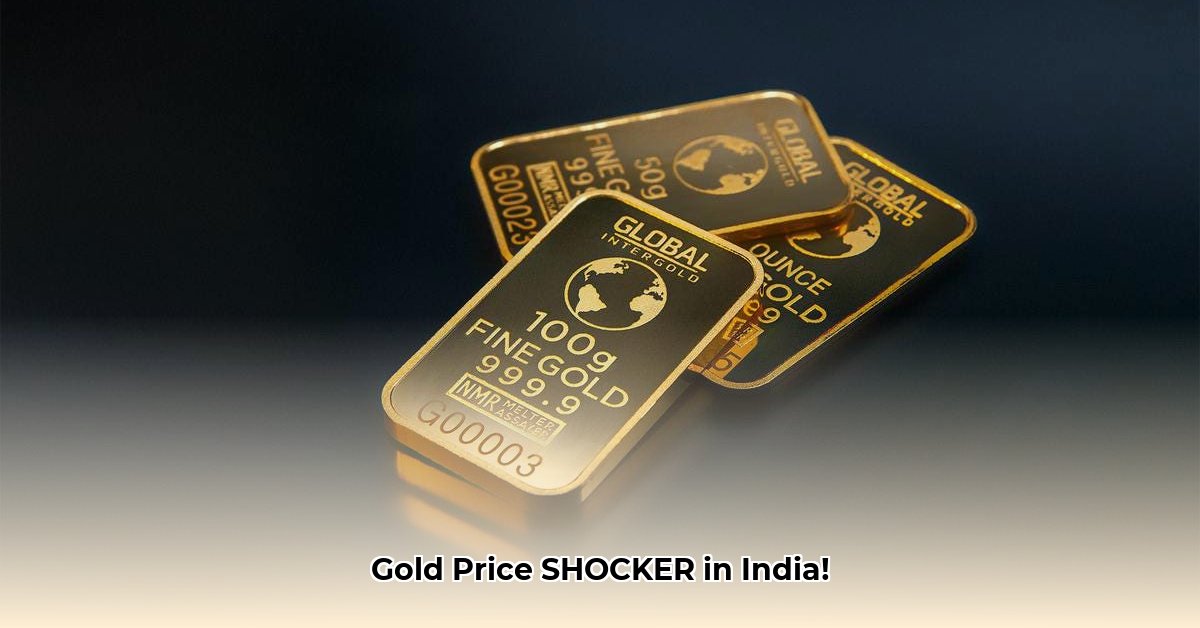
One Ounce Gold Price in India: A Comprehensive Guide
Gold in India holds immense cultural significance, serving as a traditional store of value and a popular investment vehicle. However, understanding the fluctuating price of gold, especially per ounce, requires navigating a complex interplay of global and domestic market forces. This article provides a clear and concise guide to understanding the factors influencing gold prices in India, offering actionable insights for various stakeholders.
Current Market Overview
Determining the precise price of one ounce of gold in India requires considering several factors. The international spot price of gold (the price on the global market), the USD/INR exchange rate (the value of the Indian Rupee against the US dollar), and the purity of the gold (measured in karats) all play crucial roles. A stronger Rupee generally translates to a lower gold price in India, while a weaker Rupee pushes prices up. Furthermore, the purity of the gold, expressed in karats (24K being pure gold), significantly affects its price per ounce.
Illustrative Example (Replace with current market data):
| Karat | Approximate Price per Ounce (INR) |
|---|---|
| 24K | ₹60,000 (Sixty Thousand Rupees) |
| 22K | ₹55,000 (Fifty-Five Thousand Rupees) |
| 18K | ₹45,000 (Forty-Five Thousand Rupees) |
(Note: These prices are illustrative and change constantly. Always check with reliable sources for the most up-to-date information.)
Isn't it fascinating how global events can ripple down to affect the daily price of gold in your local market?
Factors Affecting Gold Prices
Several factors beyond the international spot price and the USD/INR exchange rate influence gold prices in India:
- Import Duties: The Indian government levies import duties on gold, directly increasing the cost for consumers. These duties can fluctuate, impacting the final price.
- Government Policies: Government regulations and policies related to gold imports and sales can significantly impact market dynamics and influence pricing.
- Market Speculation: Investor sentiment and market speculation heavily influence gold prices. Anticipated price movements can create a self-fulfilling prophecy, driving prices up or down.
- Retailer Markups: Individual retailers add their own markups to the price, contributing to variations in the final cost to the consumer. This can make comparing prices across different vendors essential.
Actionable Insights for Different Stakeholders
Understanding the price drivers allows for informed decision-making across different stakeholder groups:
Consumers: Compare prices across multiple jewelers and online platforms, considering making charges and purity. A strong understanding of the factors influencing price allows for more informed purchasing choices.
Retailers: Effective inventory management and pricing strategies are crucial for success. Accurate forecasting of price movements is essential for profitability.
Investors: Gold's role as a safe-haven asset means investors frequently monitor long-term trends and global economic indicators. Strategic investment planning is key to mitigating risk.
Government: Government policies directly influence the market. Careful consideration of the impact of import duties and other regulations is essential for maintaining market stability.
Future Outlook
Predicting future gold prices is inherently challenging. However, monitoring key economic indicators, such as global inflation, interest rates, and geopolitical events, provides valuable insights. Expert opinions and market analysis can aid in forming a reasoned outlook, although precise predictions remain elusive. The market is dynamic, and staying informed is key.
Conclusion
The price of one ounce of gold in India is a dynamic reflection of global and local market forces. Understanding the interplay of these forces enables better decision-making for consumers, retailers, investors, and policymakers alike. By considering the factors discussed above and staying informed about market trends, individuals can navigate the gold market with greater confidence.
Sources
(Note: Always verify pricing information with multiple reputable sources before making any investment or purchasing decisions.)